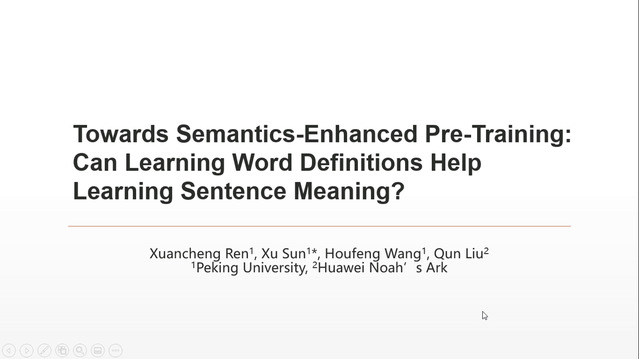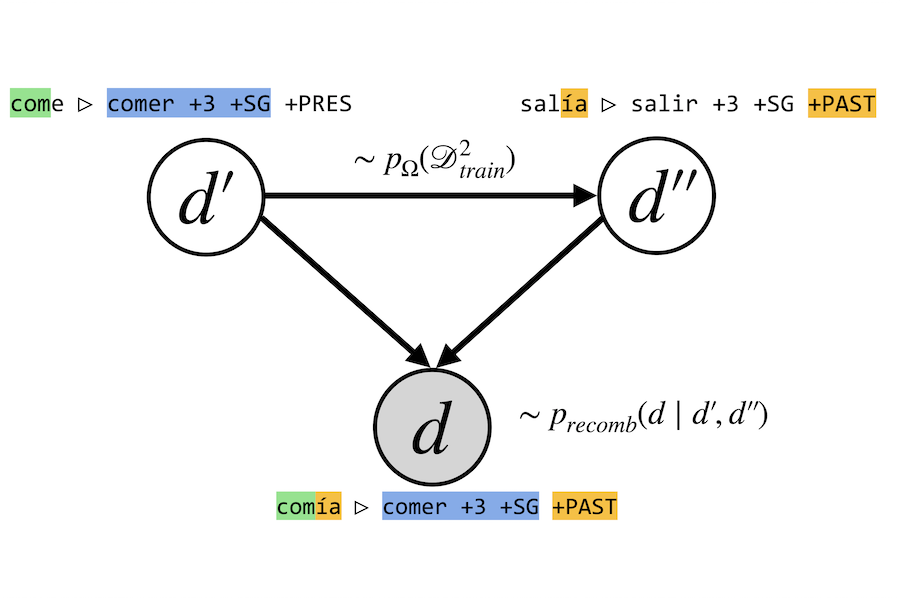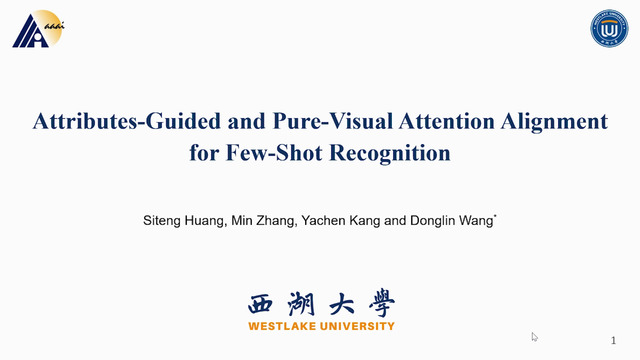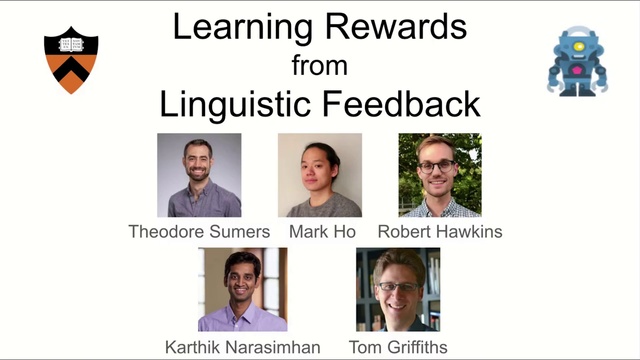Abstract:
We propose transfer learning as a method for analyzing the encoding of grammatical structure in neural language models. We train LSTMs on non-linguistic data and evaluate their performance on natural language to assess which kinds of data induce generalizable structural features that LSTMs can use for natural language. We find that training on non-linguistic data with latent structure (MIDI music or Java code) improves test performance on natural language, despite no overlap in surface form or vocabulary. To pinpoint the kinds of abstract structure that models may be encoding to lead to this improvement, we run similar experiments with two artificial parentheses languages: one which has a hierarchical recursive structure, and a control which has paired tokens but no recursion. Surprisingly, training a model on either of these artificial languages leads the same substantial gains when testing on natural language. Further experiments on transfer between natural languages controlling for vocabulary overlap show that zero-shot performance on a test language is highly correlated with typological syntactic similarity to the training language, suggesting that representations induced by pre-training correspond to the cross-linguistic syntactic properties. Our results provide insights into the ways that neural models represent abstract syntactic structure, and also about the kind of structural inductive biases which allow for natural language acquisition.









































